Depression and anxiety continue to consume the UK. The Mental Health Foundation claims that it is the second leading cause of disability worldwide; The Guardian has reported that 1,180 students abandoned their courses in the 2014-15 academic year (a 210% increase from 2009-10) due to mental health issues.

These statistics simply cannot be overlooked by student accommodation providers, which must take a close look at the design of their units to address the challenges young people face during their studies.
First, we need to understand what’s driving this trend. Students have to contend with a digital life in which approval – or disapproval – is granted immediately with a few taps on a smartphone. On top of that, there are more students going to university than ever before, fostering an ultra-competitive career landscape. Grades matter. There is a very real prospect of carrying £30,000 to £40,000 debts. Leaving home for the first time can exacerbate all of the above.
Accommodation providers have to take note of the mental risks associated with going to university. Many PBSA (purpose-built student accommodation) and student housing providers are considering how to keep their residents happy, inspired and self-reliant. Everything from architecture to outdoor facilities can add up to a lasting sense of wellbeing.
At Student-Furniture, we’ve seen this issue play out first hand. Developers and landlords across the UK should follow suit by considering these design principles when building for young people:
The value of light and space
Countless studies suggest the positive impact of sunlight on our state of mind. Dense, cluttered rooms without much in the way of natural light have a negative influence on how we think and act. This is especially true in urban areas. Tall buildings, tightly clustered apartments and the rapid scale of residential investment can leave students in a position where they rarely get natural light exposure.
Accommodation that encourages the spread of daylight will have an advantage over those that don’t. This can be achieved by installing high windows in apartment corridors, lounge windows that don’t merely face a brick wall or skylights for bedrooms and kitchens. Floorplans should remain as open as possible – clever storage units and bespoke cabinet designs are just some of the ways to ensure students never feel trapped or excluded from the world outside.
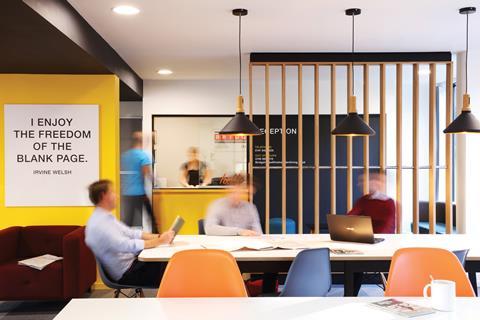
The design of a room, and the furniture within it, has considerable bearing on the wellbeing and mood of students. It can even have an effect on their experience of university life as a whole. When a student is compelled to relax – or to study – within a space, they can perform better. When a student is happy and secure in their surroundings, and feels comfortable having friends to visit, they can escape the stresses of city life better. We must show compassion and empathy through design at this key stage in a young person’s life and create spaces that promote a feeling of sanctuary.
Physical wellbeing and its mental equivalent
We experience a rush of endorphins – the body’s euphoria hormone – when we exercise. At a basic physiological level, the more endorphins we have, the happier we tend to be. But on-campus gyms tend to be crowded and expensive, whereas facilities such as weight rooms, squash courts or swimming pools are better for giving residents what they want on their doorstep.
Sports can also build a sense of community and friendship. Teamwork, respect and mental conditioning are weapons in the fight against continuous low moods and periods of anxiety. Landlords and PBSA providers should be seeing where they can implement sports provisions, such as a basketball hoop in a backyard area, to encourage students to get outdoors and meet their neighbours.
Healing the mind through nature
There has been significant research into the link between mental and physical health and exposure to greenery. Gallbladder surgery patients in the US, for instance, leave hospital a day earlier, on average, if they are looking out on a tree instead of a manmade structure. People with less access to parks or private gardens are, generally speaking, more prone to depression. Cognitive psychology has produced evidence that time spent in natural environments for three days can boost mental performance by up to 50%.
Communal gardens or green areas are a novelty that students in urban environments can use to mediate depressive or anxious states of mind. Trees in an apartment courtyard, flowers growing at the side of an entrance, hanging baskets on the walls… These are just a few of the features a PBSA developer may implement to promote wellbeing.
The inside of a property can also reflect a natural touch. From sustainable wood tables to the odd potted plant in a kitchen, students like to be reminded of somewhere beyond the cities they often inhabit.
Space for community events
Young people love coffee shops, bars, live music venues and study centres. But they may not want to venture far for them – shy students, in particular, can find it hard to do so alone. It may also be difficult for them to make friends during the opening weeks of a university course, which often shapes the social groups they will fall into.
Accommodation teams must do all they can to facilitate interaction between students, at least in the early days of their residency. A ‘meet-and-greet’ event is perfect for onsite social amenities. Cafés can become great places to host quiz nights, comedy performances or film screenings. Over the year, the schedule can change – for instance setting up team-based challenges for a Christmas theme. It’s hard to exaggerate the value these events offer for young people who are feeling isolated or nervous about exploring their new home.
The impact of quality furnishing
So where do furnishings fit into the issue of mental health? Student-Furniture – part of the LOFT group – is always seeking the best solutions for accommodation providers. By working closely together, we aim to create living spaces that students will embrace, and see as their home away from home and not a rented bed space.
To do this, we work with developers and landlords to source the best lifestyle units for their rooms and create a home away from home for British and International students. Basic, unattractive furniture isn’t going to help a student enjoy their time in accommodation. Adaptable layouts, with the visuals we might expect from a high-quality apartment, build a space worth returning to instead of merely putting up with.
We work with developers and landlords to source the best lifestyle units for rooms and create a home away from home for British and International students
We think about the cut, colour, usability and durability of a furnishing piece before we install it. Attention is paid to creative aesthetics: wall art, chair finishes, bed frames and rugs come together for a décor that actively appeals to a tenant’s imagination. Through this considered approach, we are able to add our own wall against poor mental health with spaces that people care about.
The residents who live in our developments and refits have a better standard of living than those who don’t. However, there is still much to strive for. As the future beckons for PBSA, student housing and communal living in general, we will continue to work with accommodation teams to make sure this subject remains at the top of our agenda. Will you join us?
Alec McKenzie is project sales director at Student-Furniture

About Student-Furniture
Student-Furniture brought to you by LOFT. Now entering its 15th year, Student-Furniture fully understands the rising expectations of today’s student. Continuing to stay at the forefront of the student furniture industry and create bespoke environments for work, rest and play using design-led furniture supported by an all-inclusive service. Student-Furniture has a dedicated Interior Design Team with specialist knowledge and understanding of interior design within student accommodation and can work with you to create design-led home from home environments.
Topics
PW Perspectives – Mipim 2018
- 1
- 2
 Currently reading
Currently readingLiving in harmony: student housing and mental health
- 3
- 4
- 5
- 6
- 7
- 8
- 9
- 10
- 11

































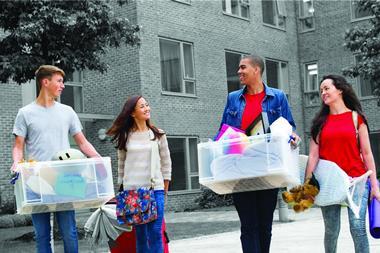

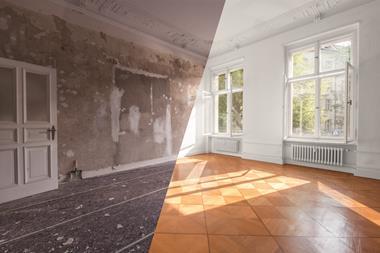
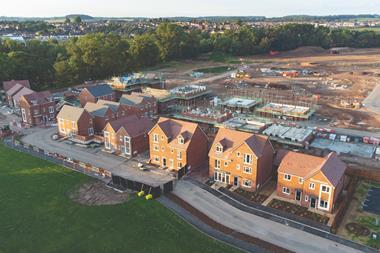

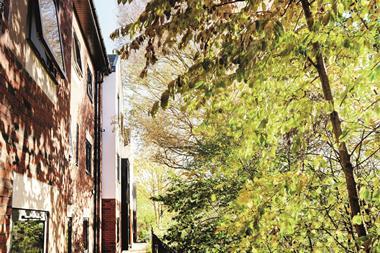
No comments yet